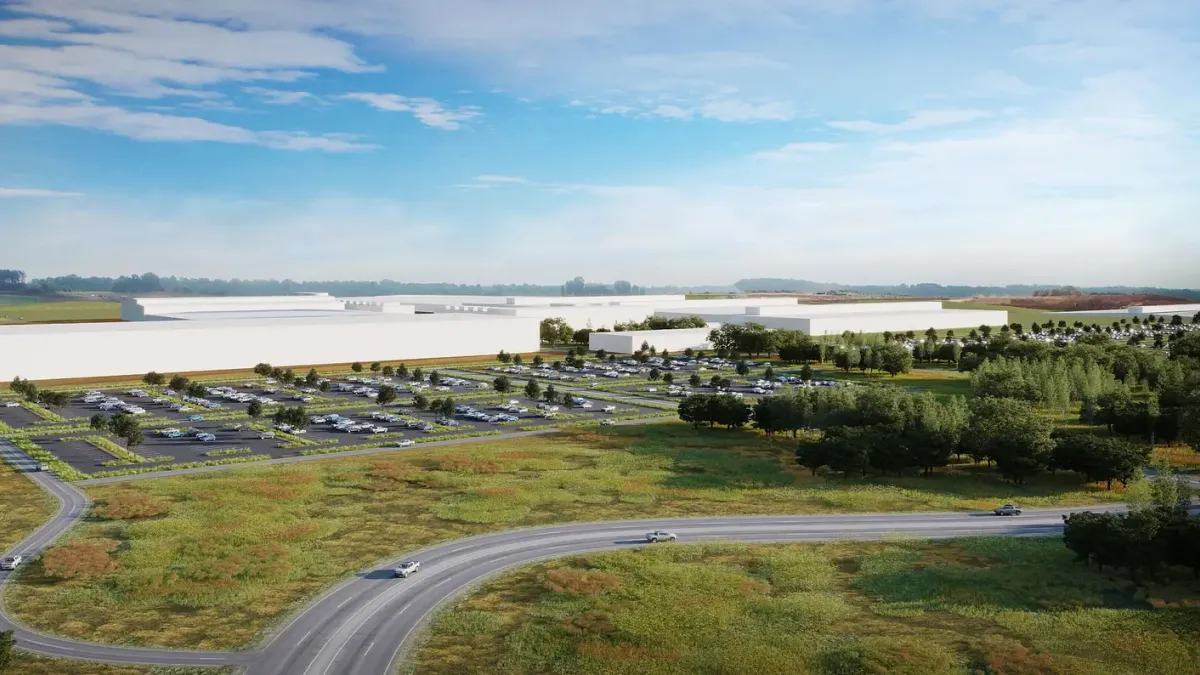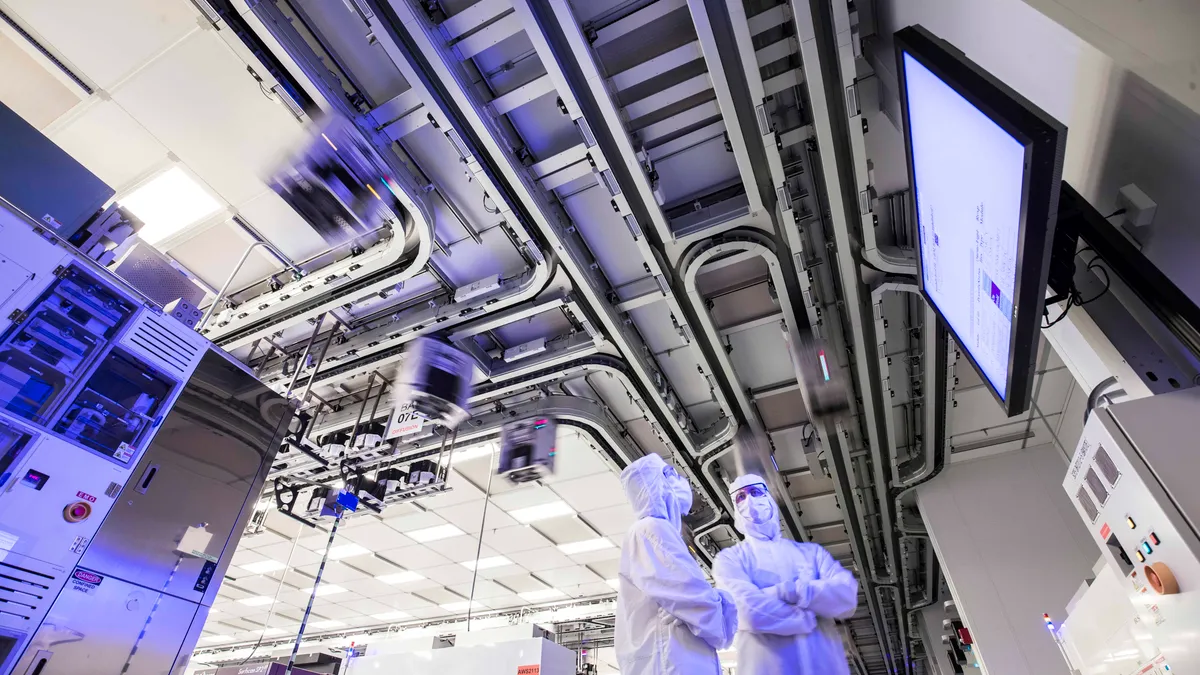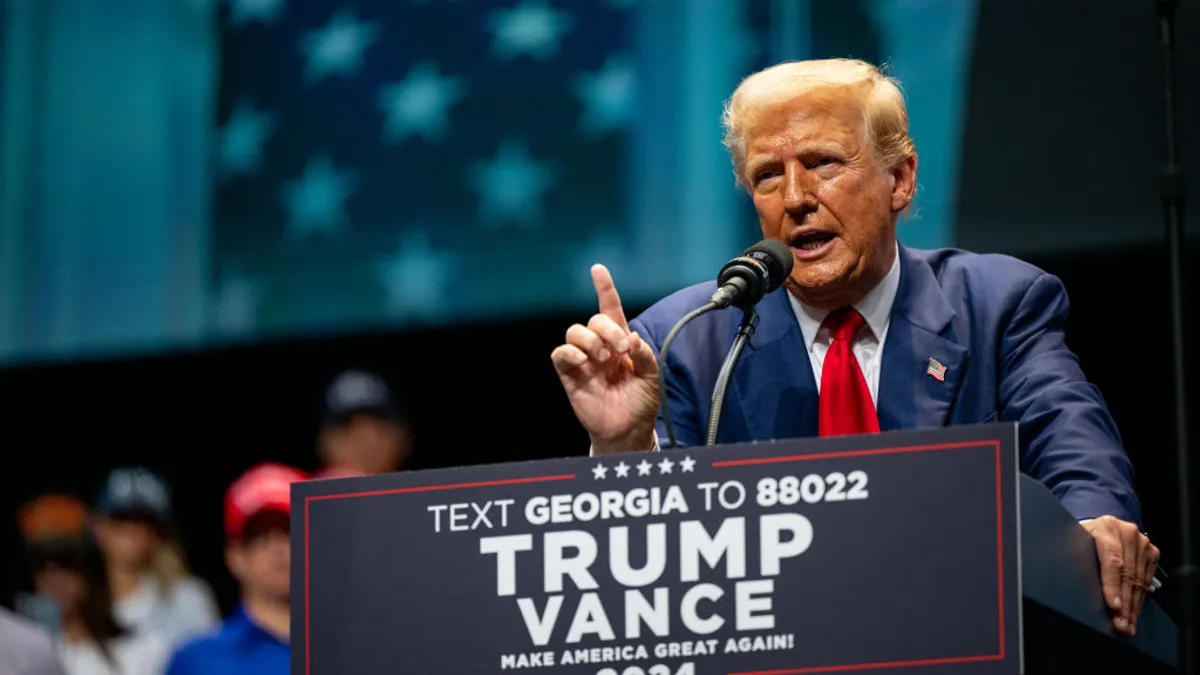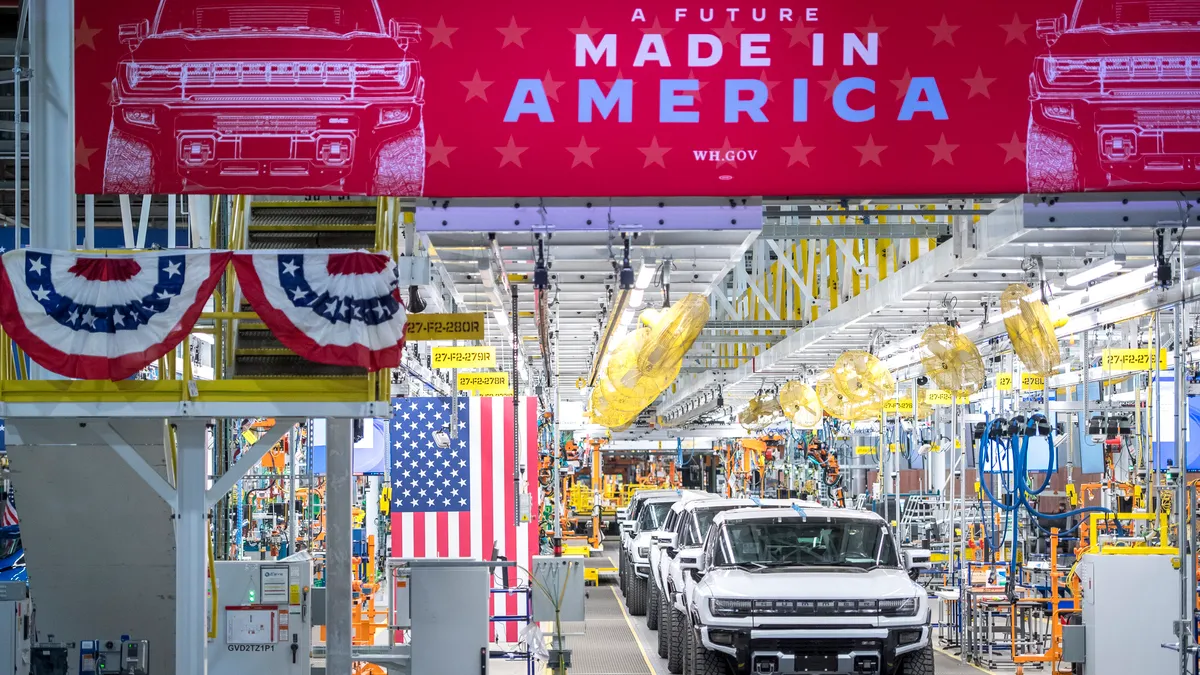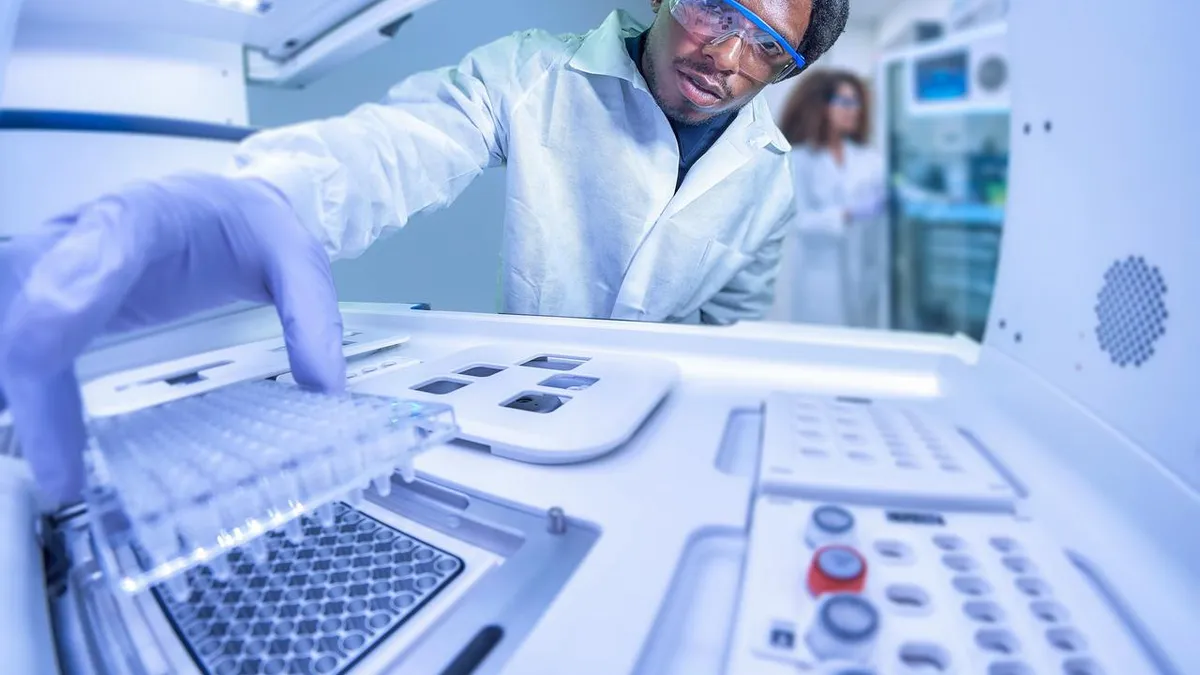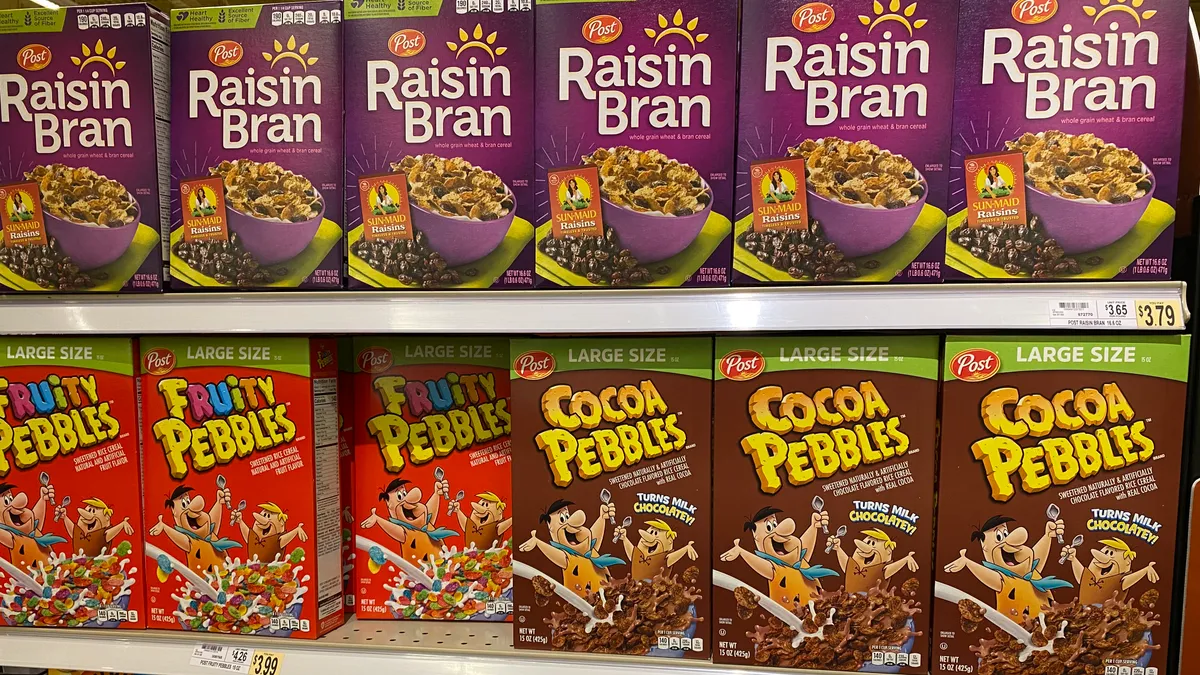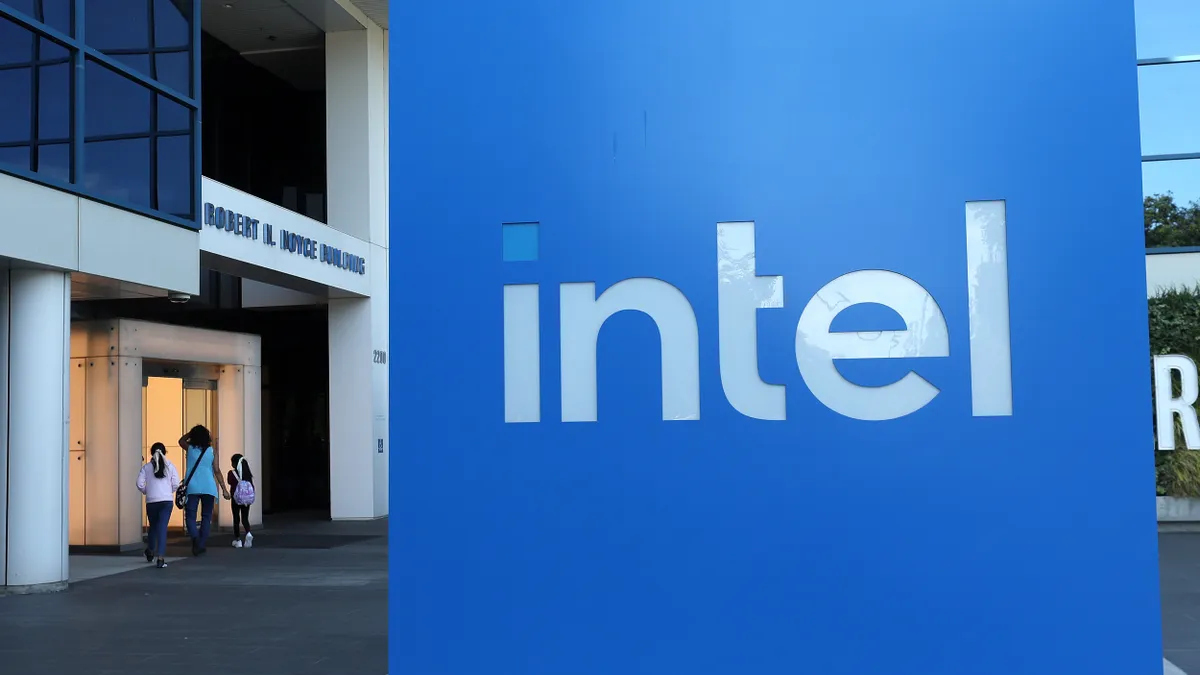Late last year, General Motors, Ford and other automakers slammed the brakes on electric vehicle production as consumer adoption lagged behind expectations. GM blamed lower demand for its decision to scrap plans to produce 400,000 electric vehicles through mid-2024, while Ford similarly cut back production on its electric pickup.
Electrical machinery construction, which includes EV battery plants, hit $35.2 billion in 2023, according to Dodge Construction Network. That’s roughly about 47% of overall manufacturing construction.
Still, despite this downturn in consumer and automaker interest, economists anticipate the manufacturing boom to continue in 2024, with Dodge expecting a 15% increase in overall manufacturing construction.
For that reason, construction pros who build these plants are confident those levels will increase this year, despite a pullback from consumers and automakers.
“When you read the media coverage in the EV space, a lot of it has heated up a bit with some negative headlines,” said Anthony Johnson, president of the industrial business unit at Clayco, a Chicago-based construction firm. “But when you zoom out and look at that overall growth curve, I see things continuing to increase over time in a strong way.”
Chip and EV plants lead manufacturing boom
American consumers bought 15.6 million vehicles in 2023, with about 9% of those sales coming from EVs. General Motors expects those sales to increase to at least 10% this year, according to statements by its CEO Mary Barra during the company’s most recent earnings call.
By 2030, EV market share for new vehicles will likely jump to 40%, according to S&P Global Mobility forecasts. That demand would require about 60 billion batteries and 40 large scale gigafactories, said Johnson.
“Obviously, going from 9% to 40% doesn’t happen overnight, neither on the demand side nor on the production side,” Johnson said. “So, just continuing to build toward that ultimate capacity is really what the industry is going to continue to do.”
Contractors gear up for growth
Kansas City, Missouri-based JE Dunn plans to remain busy with manufacturing-related work this year, particularly in the EV-related space.
The general contractor will deliver Dongwha Electrolyte’s first project in North America, a $70 million electric vehicle battery production facility in Clarksville, Tennessee. In addition to that project, Brent Strength, senior vice president and manufacturing market leader at JE Dunn, expects manufacturing construction in 2024 to surpass its 2023 levels.
“We continue to see a demand in the market for large capital projects and our counterparts at architecture and engineering firms remain busy with new project inquiries,” said Strength. “Contractors have a healthy backlog from previous years, and there is a lot of Inflation Reduction Act, CHIPS Act and similar dollars being spent right now.”
Chicago-based Clayco also expects to remain busy with advanced manufacturing construction this year. The company recently won the contract to build Rivian’s $5 billion EV plant in Stanton Springs, Georgia.
“I do think that the advanced manufacturing segment is definitely continuing to see significant investment, and I think that’s going to continue to expand at very high rates in 2024,” said Anthony Johnson, president of the industrial business unit at Clayco. “We’re going to see a ramping up of actually more capital projects in 2024 than we did last year.”
Changes to tax credits
Despite that momentum, contractors acknowledge maintaining this record level of activity indefinitely isn’t a given, primarily due to factors outside of the onshoring boom. Hurdles include changes to EV tax breaks for consumers and persistently high interest rates, said Strength.
“The overall growth trajectory might not be as steep as previously projected, given slower consumer adoption, higher interest rates and changes to tax credits,” he said.
The number of types of EVs that qualify for clean vehicle tax credits up to $7,500 under the Inflation Reduction Act dropped from 35 to 14 this year, according to the U.S. Department of Energy and the U.S. Department of Treasury’s Internal Revenue Service. The change stipulates that vehicles sourcing EV battery components from foreign-based entities, such as firms in China or Korea, will no longer be eligible for the credit in 2024.
Without that incentive, 2024 will provide a good sense of where EV demand truly is in the United States, said Richard Branch, Dodge chief economist. Johnson expects EV adoption to continue to make some sort of headway, albeit slowly, which will translate into a longer-term boom of work for contractors in the sector.
“With 2024 being an election year, you’re starting to see how EVs are even becoming a political topic, as it relates to climate change and government subsidies. So, there’s no question there’s going to be some volatility in the segment,” said Johnson. “Obviously, if you zoom in on individual automakers, there’s going to be ups and downs along the way. But when you zoom out and just look at that growth curve over time, it’s going to continue to go upwards.”



